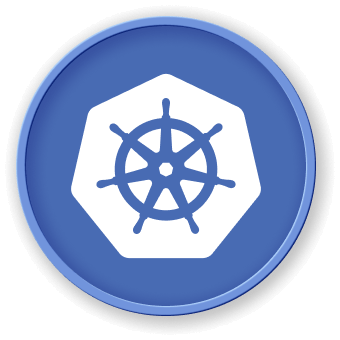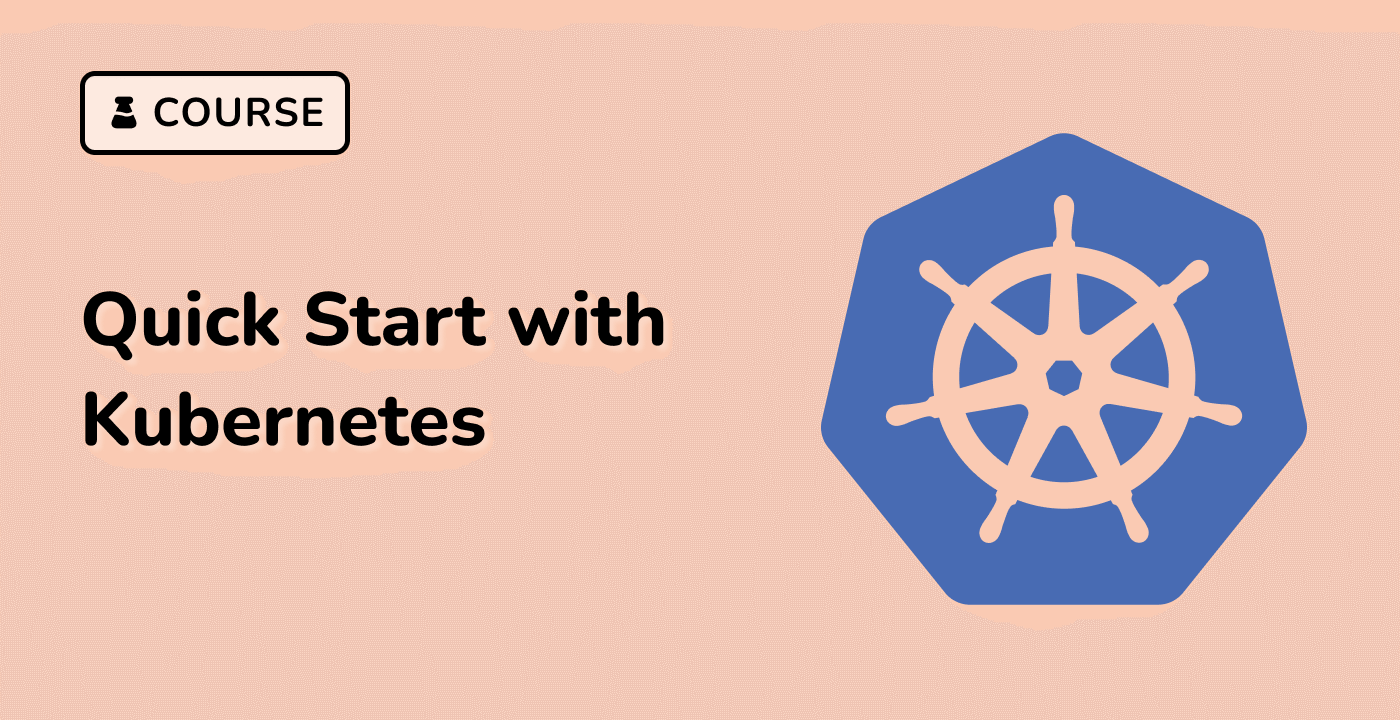Runtime Configuration Guide
Runtime Configuration Overview
Configuration Principles
- Optimize performance
- Ensure security
- Manage resource allocation
- Enable scalability
graph TD
A[Runtime Configuration] --> B[Resource Management]
A --> C[Security Settings]
A --> D[Performance Tuning]
A --> E[Logging & Monitoring]
Containerd Configuration
Core Configuration File
sudo nano /etc/containerd/config.toml
Key Configuration Parameters
| Parameter |
Description |
Recommended Value |
| SystemdCgroup |
Enable systemd cgroup |
true |
| MaxConcurrentDownloads |
Parallel image downloads |
3-5 |
| PluginConfig |
Runtime plugin settings |
Customized |
Resource Allocation Strategies
CPU and Memory Limits
apiVersion: v1
kind: Pod
metadata:
name: resource-configured-pod
spec:
containers:
- name: app-container
resources:
requests:
cpu: 500m
memory: 512Mi
limits:
cpu: 1
memory: 1Gi
Security Configuration
Runtime Security Best Practices
- Enable SELinux/AppArmor
- Use minimal container images
- Implement network policies
- Regular security updates
Seccomp Profile Configuration
apiVersion: v1
kind: Pod
metadata:
annotations:
seccomp.security.alpha.kubernetes.io/pod: runtime/default
Caching and Image Management
## Configure image pull policy
crictl pull --all-platforms docker.io/library/nginx:latest
## Prune unused images
crictl rmi --prune
Logging and Monitoring
Runtime Logging Configuration
## Configure containerd logging
sudo mkdir -p /etc/containerd/
cat << EOF | sudo tee /etc/containerd/config.toml
version = 2
[plugins]
[plugins."io.containerd.grpc.v1.cri"]
[plugins."io.containerd.grpc.v1.cri".containerd]
default_runtime_name = "runc"
[plugins."io.containerd.grpc.v1.cri".containerd.logging]
format = "json"
EOF
Advanced Runtime Configurations
Multi-Runtime Support
apiVersion: node.k8s.io/v1
kind: RuntimeClass
metadata:
name: high-performance
handler: containerd
Troubleshooting Techniques
Diagnostic Commands
## Check runtime status
sudo systemctl status containerd
## Verify runtime configuration
containerd config dump
## View runtime events
journalctl -u containerd
LabEx Recommended Practices
- Use minimal configuration
- Implement strict security policies
- Monitor runtime performance
- Regularly update configurations
Configuration Validation
Verification Steps
- Check runtime connectivity
- Test container deployments
- Validate resource allocation
- Review security settings
| Tool |
Purpose |
Key Metrics |
| cAdvisor |
Container metrics |
CPU, Memory usage |
| Prometheus |
Monitoring |
Resource utilization |
| Grafana |
Visualization |
Performance dashboards |
Conclusion
Effective runtime configuration requires:
- Continuous optimization
- Security awareness
- Performance monitoring
- Adaptive strategies



